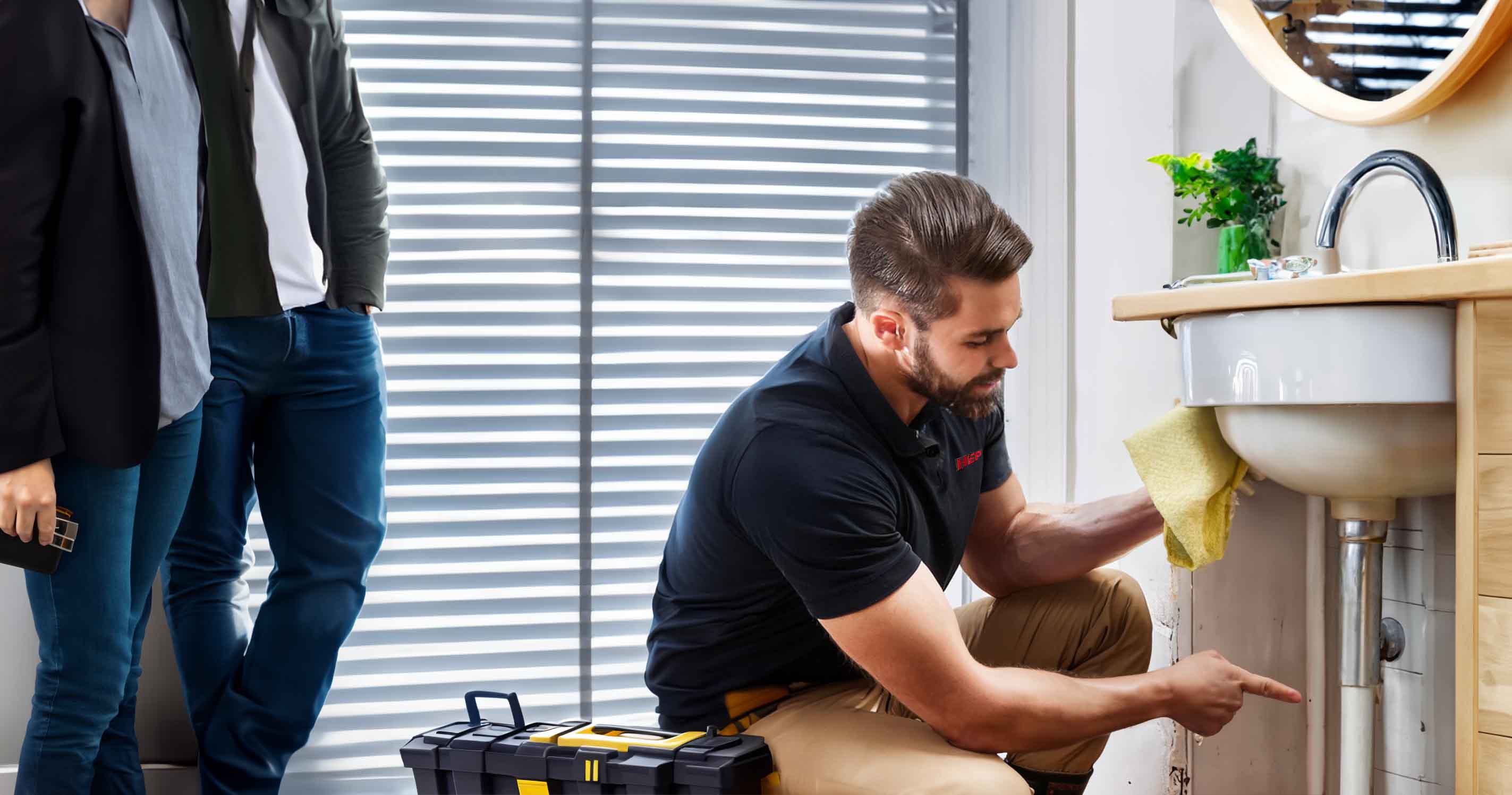

Complex Installations
Your trusted partner for professional home services. Quality workmanship, guaranteed satisfaction.




- HEP
- Complex Installations
Complex Installations | Commercial Plumbing | Plumbing | Tazewell
When factories, healthcare facilities, and bustling storefronts in Tazewell need intricate piping networks that won’t quit, they turn to HEP. Our licensed pros orchestrate everything from high-capacity water mains to backflow prevention and advanced drainage, all while keeping your operation running. We read blueprints as fluently as we wield a pipe wrench, collaborating with architects, engineers, and inspectors to make sure every valve, joint, and gauge performs flawlessly—today and ten years from now.
Choose HEP for commercial plumbing that blends innovation with old-school craftsmanship. We meet strict codes, finish on schedule, and back every installation with 24/7 emergency support, so you can focus on your customers instead of your pipes. From new construction to retrofits, we’re ready to elevate your building’s performance and protect your bottom line.
FAQs
What types of complex commercial plumbing installations do you handle in Tazewell?
Our team manages a full spectrum of commercial plumbing projects, including multi-story office buildings, manufacturing facilities, medical centers, food-service establishments, schools, and municipal sites. We specialize in large-diameter water mains, hydronic and steam systems, commercial-grade water heaters and boilers, backflow prevention assemblies, grease interceptors, laboratory gas and water lines, and high-efficiency fixture retrofits.
How do you ensure compliance with Tazewell’s building codes and health regulations?
Before work begins, we review your project scope against the latest International Plumbing Code (IPC) editions adopted by Tazewell County and any specific Virginia Department of Health (VDH) requirements. Our Master Plumbers hold current Virginia Class A contractor licenses, and we file all necessary permits with the local building office. During installation we coordinate on-site inspections, conduct pressure and leak tests, and provide certified backflow reports to guarantee every system meets code before final sign-off.
What is the typical timeline for a complex commercial plumbing installation?
Timelines vary based on project size, but most multi-tenant or industrial builds follow these stages: 1) Design & permitting: 2–4 weeks; 2) Rough-in (underground and in-wall piping): 1–3 weeks; 3) Top-out & equipment set: 1–2 weeks; 4) Final trim, testing, and inspections: 1–2 weeks. We create a detailed Gantt chart that integrates with other trades to minimize conflicts and keep your overall construction schedule on track.
Will plumbing work disrupt my existing business operations?
We develop a phased installation plan that targets off-peak hours, nights, or weekends when necessary. Temporary water bypasses, dust barriers, and negative-air machines keep customer areas safe and clean. For critical facilities such as hospitals or food production plants, we can utilize pre-fabricated piping modules to shorten on-site work and perform live tie-ins with zero downtime.
How do you estimate and control project costs?
Cost estimates are broken down into material, labor, equipment rental, and permit/inspection fees. We use digital take-off software tied to real-time supplier pricing and can present value-engineering options (e.g., PEX-A vs. copper, variable-speed pumps, or central vs. point-of-use water heating) to fit your budget. Once approved, we provide a guaranteed maximum price (GMP) contract or a fixed-bid model, depending on your preference, with transparent change-order protocols to avoid surprise expenses.
What post-installation services do you offer to protect my investment?
After commissioning, you receive an as-built drawing set, O&M manuals, and a maintenance schedule customized for your facility. We provide 24/7 emergency service, annual backflow testing, water heater descaling, camera inspections, and preventive maintenance agreements that include priority dispatch and discounted labor rates. Our remote monitoring options can alert you to pressure drops or potential leaks before they cause costly damage.